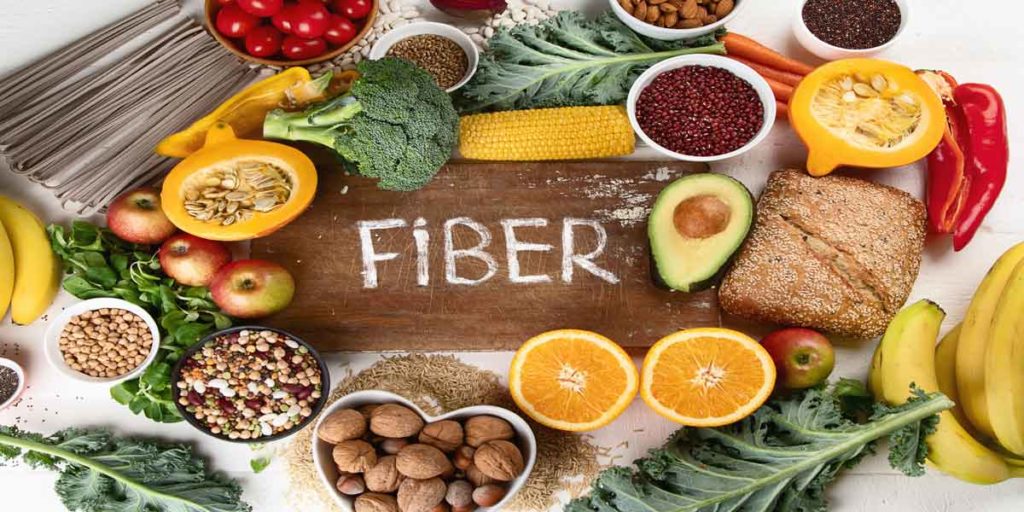We are about to make it grain truth bombs today (food pun intended). Ready?
Carbohydrates are not food. Foods contain carbohydrates.

Thinking of foods as only their MACROnutrient components takes out some serious factors in our equation of determining the quality of our food choices and can leave us pretty confused on what the correct answer is.
Simple or Complex? Is this the only question we should be asking?
Simple and complex are terms used to describe carbohydrate structure – the length and formation of repeating carbohydrate units (Carbon + Hydrogen + Oxygen), and accounts for how quickly or slowly these foods are digested and absorbed.
You have to ask yourself, why would we value whole, real strawberries as being of greater nutritional quality than strawberry poptarts? But both are made up of simple carbohydrates?
This is where our black-and-white thinking of “simple carbs” and “complex carbs” keeps us spinning in determining the value of foods for health and performance.
Here is the solution.
Carbohydrate-rich foods should be chosen based on:
- Nutrient Density
- Fiber Content
- Practicality (this is the sport nutrition piece here)
Nutrient Density
Since we like to categorize, we can view carbohydrate-rich foods as being on a spectrum with ‘nourishing/nutrient-dense’ on one end and ‘refined/nutrient-poor’. ‘Nutrient-dense’ foods provide essential vitamins and minerals, fiber, and phytonutrients. Carbohydrate-rich, nutrient-dense foods include vegetables, fruits, whole grains, and whole-grain products, and beans and legumes. These MICROnutrients, microbiota friendly fiber, and these color-inducing compounds play a HUGE role in health and performance from supporting immune and muscle function, and bone health to enhancing resiliency and recovery capacity.
‘Refined/nutrient-poor’ carbohydrate-rich foods typically are processed, meaning many of their naturally existing nutrients are stripped away and have added ingredients – often including preservatives, additives, etc. There aren’t any additional benefits beyond energy or calories.
Fiber Content

Fiber is “essential” to our diet and can provide some pretty sweet health benefits such as lowering cholesterol, regulating blood glucose, and reducing or risk for chronic diseases and some cancers. Fiber occurs naturally in fruits, vegetables, legumes and beans, and whole grains, as well in supplemental form.
Athletes looking to improve body composition or are following hypocaloric, or a reduced calorie, diet, consuming more naturally occurring fiber can help make meals filling and more satiating.
Athletes with high energy needs, whether for meeting fuel demands or looking to increase body weight, too much fiber, and too quickly, may cause stomach discomfort and GI problems.
We will also learn that fiber-rich options may not be the best choices prior to exercise or competition.
Practicality
Lastly, when is making an exception to the above, practical? Carbohydrate-rich foods that are ‘nutrient-dense’ or ‘fiber-rich’ may not be the best option for some athletes around competition and are often individual to the athlete in their pre and intra-training/competition routines. This variability is where our sports foods and beverages come in (like Gatorade and Power Bars). This grey area is what we refer to as balance.
As athletes, obsessing over or running in fear from carbohydrates because they aren’t “healthy” enough or “too healthy” can leave you short in maximizing your athletic potential.
The focus should be on including as many ‘nutrient dense’ choices as possible and understand that our ‘refined’ or ‘sugary’ carbohydrate-rich foods have a place. Voila – Balance.
